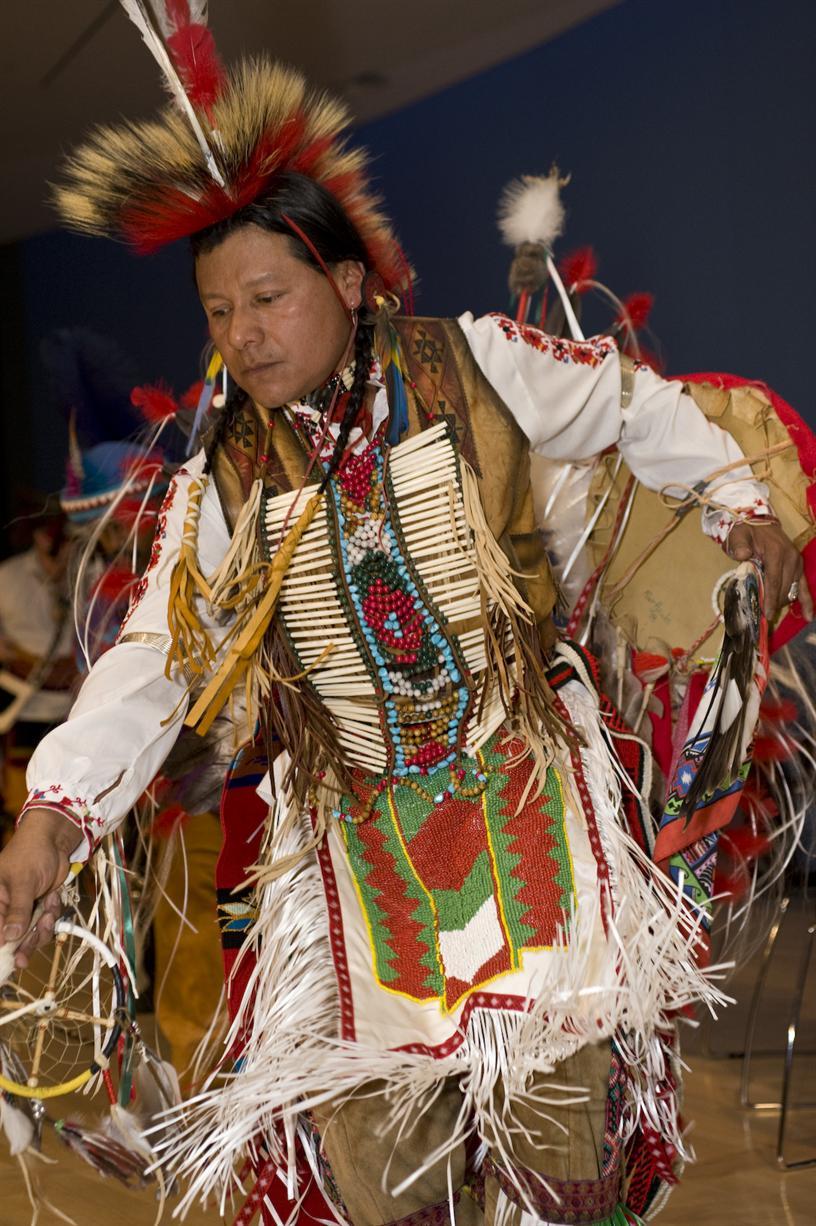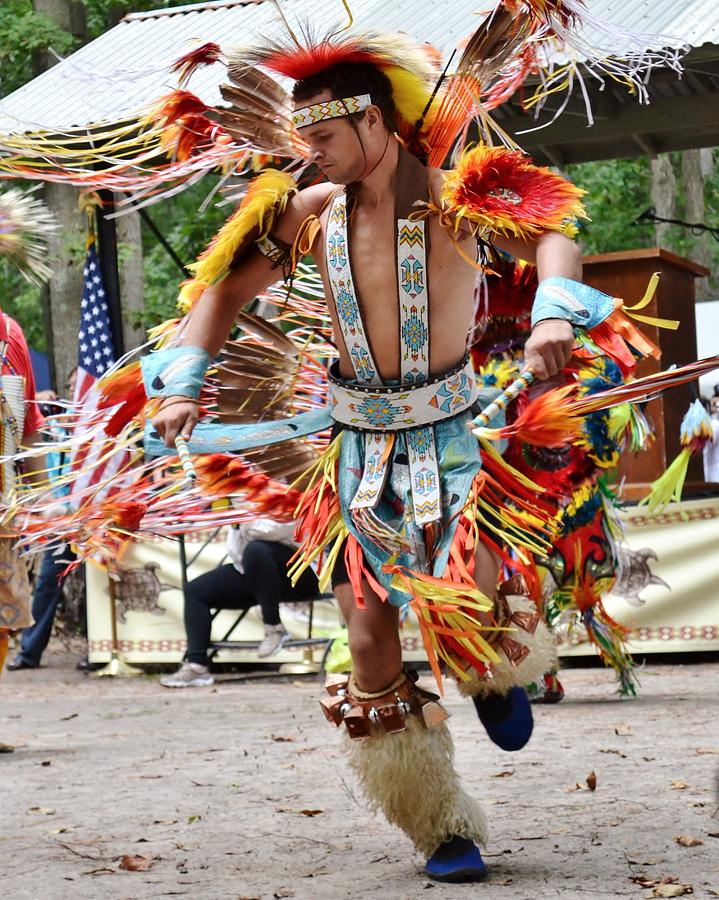
The Rhythmic Heartbeat of Nations: Unveiling Native American Dances
More than mere choreography, the dances of Native American peoples are living tapestries woven from history, spirituality, community, and resilience. They are prayers in motion, stories told through footsteps, and vibrant expressions of identity that have endured for millennia, often in the face of immense adversity. To ask "What are Native American dances?" is to embark on a journey through a kaleidoscope of traditions, each unique to its nation, yet bound by a profound connection to the land, ancestors, and the unseen world.
These dances are not simply performances for an audience; they are integral to the very fabric of life. They mark rites of passage, heal the sick, ensure bountiful harvests, honor the fallen, celebrate victories, and forge bonds within and between communities. From the thunderous drums of the Plains powwows to the intricate footwork of Pueblo ceremonies and the masked narratives of the Northwest Coast, each movement, each song, and each piece of regalia carries deep meaning, a legacy passed down through generations.
The Sacred Pulse: Purpose and Meaning

At their core, Native American dances are spiritual endeavors. They serve as conduits between the physical and spiritual realms, allowing dancers to connect with ancestral spirits, animal guides, and the Creator. This spiritual dimension permeates every aspect of the dance, from the preparation of the regalia – which is often imbued with personal and communal prayers – to the specific movements that mimic natural phenomena or embody sacred beings.
For many nations, the drum is considered the heartbeat of the people, its rhythm guiding the dancers and resonating with the very pulse of the Earth. As Robert J. Conley, a Cherokee author, once noted, "The drum is the heart of Indian country. It’s the pulse of our people." This profound connection means that the dances are not just about physical movement; they are about aligning body, mind, and spirit with the rhythms of the universe.
Beyond the spiritual, dances serve critical social functions. They are powerful educational tools, transmitting cultural knowledge, moral lessons, and historical narratives from elders to youth. They reinforce community bonds, provide opportunities for intertribal exchange, and serve as platforms for cultural revitalization and healing in contemporary times.
A Kaleidoscope of Traditions: Diverse Expressions
It is crucial to understand that there is no single "Native American dance." The continent is home to hundreds of distinct Indigenous nations, each with its own language, customs, and, consequently, its own unique dance traditions. While some similarities may exist due to shared environments or historical interactions, the diversity is immense.
1. The Powwow: A Celebration of Intertribal Unity (Plains and Beyond)
Perhaps the most widely recognized form of Native American dance today is the powwow. Originating from the Plains warrior societies in the 19th century, powwows have evolved into intertribal gatherings of immense cultural significance. They are vibrant, colorful events where Native people from various nations come together to sing, dance, socialize, and honor their cultures.
At a powwow, spectators witness a mesmerizing array of dance styles, each with its own specific regalia and meaning:

- Men’s Traditional: Characterized by deliberate, often stalking movements, mimicking a warrior or hunter tracking prey. Regalia includes bustles of eagle feathers, porcupine roaches, and beadwork.
- Men’s Fancy Dance: A dynamic, athletic dance born in Oklahoma in the early 20th century. Dancers wear two large bustles of vibrant feathers, often with intricate beadwork, and perform fast, intricate footwork and spins, embodying a joyful explosion of energy.
- Men’s Grass Dance: Known for its fluid, swaying movements that evoke the bending of tall prairie grasses. Dancers wear distinctive fringe made from yarn or ribbon, which symbolizes the flattening of grass to prepare an area for a ceremony.
- Women’s Traditional: A dignified and graceful dance, often performed with a subtle bounce. Regalia is elaborate, featuring buckskin dresses, extensive beadwork, and sometimes a shawl. The dance represents the strength and steadfastness of women.
- Women’s Fancy Shawl: A relatively modern dance, characterized by elegant spinning and twirling movements that mimic the opening and closing of a butterfly’s wings. Dancers wear brightly colored shawls with long fringe, often adorned with intricate designs.
- Women’s Jingle Dress: Originating from the Ojibwe, this healing dance is distinct for the rows of metal cones (often made from snuff can lids) sewn onto the dress, creating a beautiful, distinctive jingle sound with every step. The dance is performed with light, healing steps.
The powwow drum, often played by a group of male singers, sets the rhythm and provides the accompanying songs, which can be ancient or contemporary, but always evoke a powerful sense of community and heritage.
2. Pueblo Dances: Agricultural Rhythms and Sacred Beings
In the American Southwest, the Pueblo peoples (such as the Hopi, Zuni, Taos, and Acoma) maintain ancient ceremonial dances deeply tied to their agricultural cycles, particularly the cultivation of corn, and their unique spiritual beliefs. These dances are often held in village plazas and are not typically open to non-Indigenous photography or recording due to their sacred nature.
- Kachina Dances (Hopi, Zuni): Central to Pueblo cosmology are the Kachinas (or Katsinam), benevolent spirit beings who act as intermediaries between humans and the divine. Kachina dances are elaborate, often involving masked dancers who embody these spirits, bringing blessings, rain, and fertility to the community. The movements are often repetitive and rhythmic, emphasizing the cyclical nature of life and the prayers for balance and harmony.
- Corn Dances: Performed to ensure a good harvest, these dances celebrate the life-giving properties of corn. Dancers often carry cornstalks or other symbols of growth, and the movements reflect the growth of the plant from seed to maturity.
- Snake Dance (Hopi): A highly sacred and often misunderstood ceremony performed by the Hopi to pray for rain and to ensure the well-being of the world. Dancers carry live snakes in their mouths, demonstrating their connection and respect for all living things, and their faith in the power of the natural world. This dance is rarely seen by outsiders and is a testament to the deep spiritual commitment of the Hopi people.
3. Northwest Coast Dances: Storytelling and Lineage
Along the Pacific Northwest Coast, nations like the Kwakwaka’wakw, Haida, and Tlingit have rich traditions of ceremonial dancing tied to potlatches – elaborate feasts and ceremonies that mark significant life events, transfer wealth and status, and recount ancestral histories.
- Masked Dances: Dancers wear intricately carved masks representing ancestral spirits, animals (like bears, wolves, eagles, or raven), and mythical beings. The masks are often transformative, designed to open and close, revealing another face or form underneath, symbolizing the shifting nature of reality and the connection to the spirit world. These dances are powerful theatrical performances that narrate origin stories, historical events, and the lineage of the host family.
- Welcoming Dances: Performed to honor guests, these dances often involve rhythmic foot stomping, arm movements, and the use of rattles and drums, creating a dramatic and immersive experience.
4. The Hoop Dance: A Universal Symbol
While not specific to one nation, the Hoop Dance has become an internationally recognized form of Native American dance, often seen at powwows and cultural performances. Dancers manipulate multiple hoops, forming various shapes – animals, natural symbols, and abstract designs – to tell stories about creation, the circle of life, and the interconnectedness of all things. Performers like Tony Duncan (San Carlos Apache/Mandan/Hidatsa/Arikara) have brought this dance to global audiences, showcasing its artistry and profound symbolism.
5. The Ghost Dance: A Movement of Resistance and Tragedy
No discussion of Native American dances is complete without acknowledging the Ghost Dance, a profound and tragic historical movement. Emerging in the late 19th century among the Paiute prophet Wovoka, it spread rapidly across numerous Plains nations, including the Lakota. The dance promised a return to traditional ways, the resurrection of ancestors, and the disappearance of the white settlers if performed faithfully.
It was a spiritual response to the immense suffering, land loss, and cultural suppression faced by Native peoples. Dancers, often wearing "ghost shirts" believed to be bulletproof, engaged in prolonged, trance-inducing movements. The U.S. government, fearing an uprising, brutally suppressed the movement, culminating in the Wounded Knee Massacre in December 1890, where hundreds of unarmed Lakota men, women, and children were killed. The Ghost Dance stands as a powerful testament to the spiritual resilience and desperate hope of a people under siege.
The Enduring Components: Music, Regalia, and Movement
Regardless of the specific dance, certain elements are consistently vital:
- Music: The heartbeat of the drum is paramount, often accompanied by rattles (made from gourds, turtle shells, or deer hooves), flutes, and most importantly, singing and chanting. Songs carry narratives, prayers, and ancient knowledge, passed down through oral tradition.
- Regalia: Far more than "costumes," regalia are sacred attire imbued with spiritual significance. They are meticulously crafted, often over months or years, using natural materials like feathers (especially eagle feathers, which are highly revered and protected), buckskin, beads, shells, quills, and bells. Each piece of regalia – from the intricate beadwork on a moccasin to the elaborate feather bustles of a Fancy Dancer – tells a story, signifies tribal affiliation, honors ancestors, and carries spiritual power.
- Movement: The specific steps, gestures, and patterns of movement are deeply symbolic. They may mimic animals (eagle, buffalo, bear), represent natural forces (wind, rain, thunder), or embody spiritual concepts (the circle of life, the four cardinal directions). The flow and intention behind the movement are as important as the physical execution.
Resilience, Revival, and Contemporary Relevance
For centuries, Native American dances faced concerted efforts at suppression. In the late 19th and early 20th centuries, the U.S. government explicitly banned many traditional ceremonies, including the Sun Dance and potlatches, as part of assimilation policies aimed at eradicating Indigenous cultures. People risked imprisonment and worse to continue their sacred practices in secret.
However, the spirit of these dances proved unbreakable. With the loosening of these restrictions in the mid-20th century, and the rise of Native American rights movements, there has been a powerful resurgence and revitalization of traditional dances. Powwows, once a private affair, became public celebrations, fostering intertribal connections and educating non-Native audiences. Elders worked tirelessly to pass on songs, stories, and dance forms to younger generations, ensuring their survival.
Today, Native American dances are vibrant and evolving. They are performed at cultural festivals, educational institutions, and international events, showcasing the enduring strength and beauty of Indigenous cultures. They serve as powerful tools for healing historical trauma, fostering pride among youth, and preserving linguistic and cultural knowledge. They are living testaments to the resilience of Native peoples, their unwavering connection to their heritage, and their profound spiritual relationship with the world around them.
In essence, Native American dances are not relics of the past but dynamic expressions of a living, breathing heritage. They are the rhythmic heartbeat of nations, inviting all who witness them to listen, learn, and appreciate the profound wisdom and enduring spirit they embody. They are, as many Indigenous elders would say, prayer, story, and life, all moving in sacred unison.


